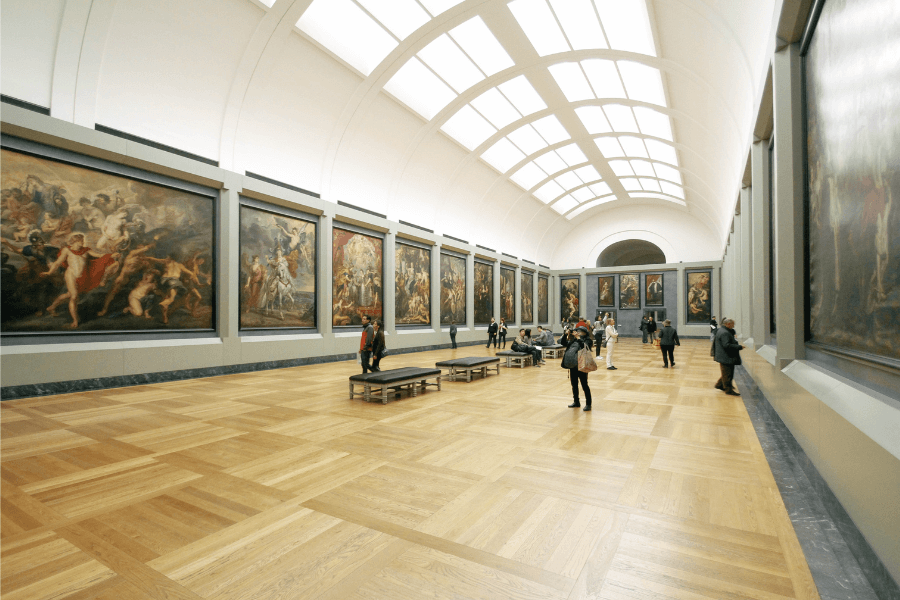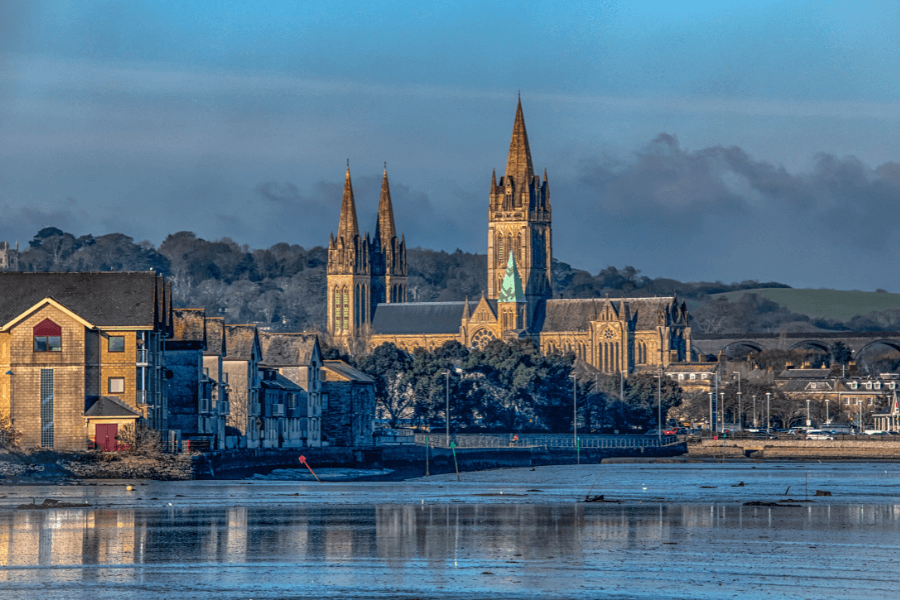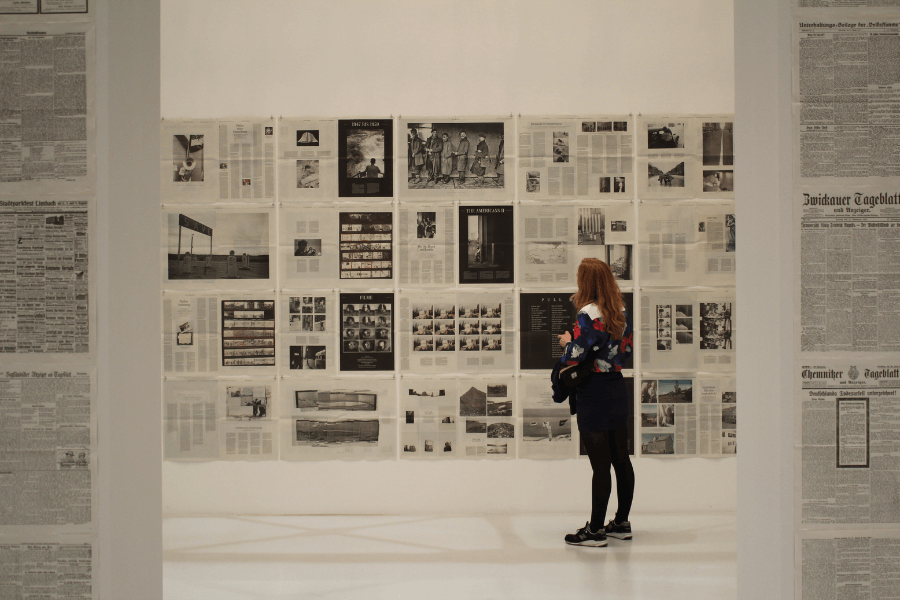
The Research Excellence Framework (REF) case studies outline changes and benefits to the UK economy, society, culture, public policy and services, health, the environment, and quality of life and impacts in these sectors beyond the UK.
REF impact case studies were written by HEIs, following a four-page template provided for REF submissions. The template was structured across a title and five sections (summary, research, references, impact, and evidence – find out more information on REF criteria).
The scores for individual case studies are not published but we have reviewed the current case studies (2021) for examples relevant to the thematic areas of the Local Policy Innovation Partnership (LPIP) Hub programme or general place decision-making to help understand examples of impact from previous work.
Here James Davies, Cultural Recovery Theme Lead for the Local Policy Innovation Partnership Hub explores REF cases associated with cultural recovery.
Types of Impact
Many programmes seek to demonstrate the inspiration of increased participation among communities and marginalised groups in cultural activity and place-making initiatives. Examples include:
- The University of Reading’s Reading International project, works with young people to increase aspirations and promote self-care.
- Staffordshire University’s fostering community development and cohesion in underprivileged areas of Stoke-on-Trent. Creation of new community spaces, including the Spode Rose Garden and The Old Portland Inn.
- Hull University used participatory approaches to theatre to explore Place and Heritage, as well as engaging disadvantaged young people through collaborative playwriting, as part of its programme around the 2017 European City of Culture.
- The University of Nottingham’s Citizen Scholarship initiative, in collaboration with the Nottingham Theatre Royal, and Nottingham City Council, empowered volunteers and their communities by enhancing volunteer skills, knowledge and wellbeing, and increasing audience engagement and public understanding of cultural history.

Other case studies seek to highlight their impact on policy at regional, national and international scales:
- Falmouth University’s Immersive Design, in collaboration with 8 Cornish museums, influenced local policy in both Cornwall LEP’s Local Industrial Strategy, and Cornwall Council’s Creative Manifesto, and their Launchpad programme – encouraging inward investment for the scale-up of local video game startups – also influenced the Local Industrial Strategy.
- University of the West of England (UWE) research stressing its influence on wider regional arts and cultural policy, and national debate about the precarious nature of freelance creative labour, with its importance to centres of screen production such as Bristol as a City of Film. UWE research was also said to be ‘fundamental’ to the success of the bid to be a UNESCO City of Film in October 2017.
- Birmingham City University’s (BCU) Integrated Landscapes research helped set a new cultural agenda for the role of landscape as a mechanism for sustainable city-region transformation, and steered HS2’s design policy towards careful integration with the landscape, initiating an urban National Park for the West Midlands (WMNP) as well as Influencing the sustainability agenda at Combined Authority level.
Elsewhere, research undertaken by Dr Richard Gaunt at the University of Nottingham has influenced and enriched one of the most significant heritage regeneration projects in the UK: Nottingham Castle a £30m transformation programme.
The ‘Steel Stories’ exhibition at Kirkleatham Museum in Teeside launched in April 2019 and ran until Dec. The innovative co-produced approach led to the museum attracting over 30,000 visitors in the period. The Great Place Tees Valley (GPTV) programme’s evaluation shows the initiative led to increased collaboration and partnership working across the Tees Valley, as well as the creation of training and employment opportunities for over 350 local artists and small businesses, supporting over 12,000 local people, children and families to create and enjoy cultural activities
Partnerships
The majority of ICS examples partner with local government at City Council level, and/or Combined Authorities where applicable. It is also common to see cultural initiatives partner with both individual libraries, museums and galleries and even castles, as well as regional heritage networks. Arts Centres and Theatres often serve as venues for exhibitions, concerts and workshops.
Communities themselves are central to building partnerships that prioritise the creation and sustaining of culture and heritage, whether that is in the form of marginalised local communities getting involved of community ownership of a derelict pub in Stoke-on-Trent, local punks being engaged as part of a subcultural movement in Norwich, or creative freelancers being given specific focus as part of the development of the creative film sector in Bristol.
For those case studies with a more overtly economic or policy-driven approach, such as those seen at the Launchpad in Falmouth, inward investors were also key partners, and in the case of BCU’s Integrated Landscapes project, the influence on the design of HS2 involved both global engineering consultancy Arup and the UK Government’s National Parks Committee. Elsewhere, the national level body Arts Council England invested in Teeside University’s research-led exhibitions and events exploring the idea of a “useful”, constituent-led museum, and the Royal Central School of Speech and Drama programme developing new models for performance touring in the UK.
Partnership design differs based on differing goals and impacts, as one might expect, but is linked by a common need to link local knowledge to national-level interest.

Activities
In terms of relevant activities, a lot of projects took the form of exhibitions, events and workshops. Teeside, Staffordshire and Reading universities, and The Royal Central School of Speech and Drama, all used exhibitions of some form to display heritage assets to communities, or to allow communities to co-create or curate cultural artefacts themselves. Additionally, practitioner workshops were an integral part of Reading’s Reading International – using art projects to inspire local communities to engage with contemporary art, as well as Staffordshire University’s urban regeneration initiatives in Stoke-on-Trent.
This blog was written by Dr James Davies, Research Fellow, City-REDI, University of Birmingham.
Find out more about the Local Policy Innovation Partnership Hub.
Disclaimer:
The views expressed in this analysis post are those of the author and not necessarily those of City-REDI or the University of Birmingham.
